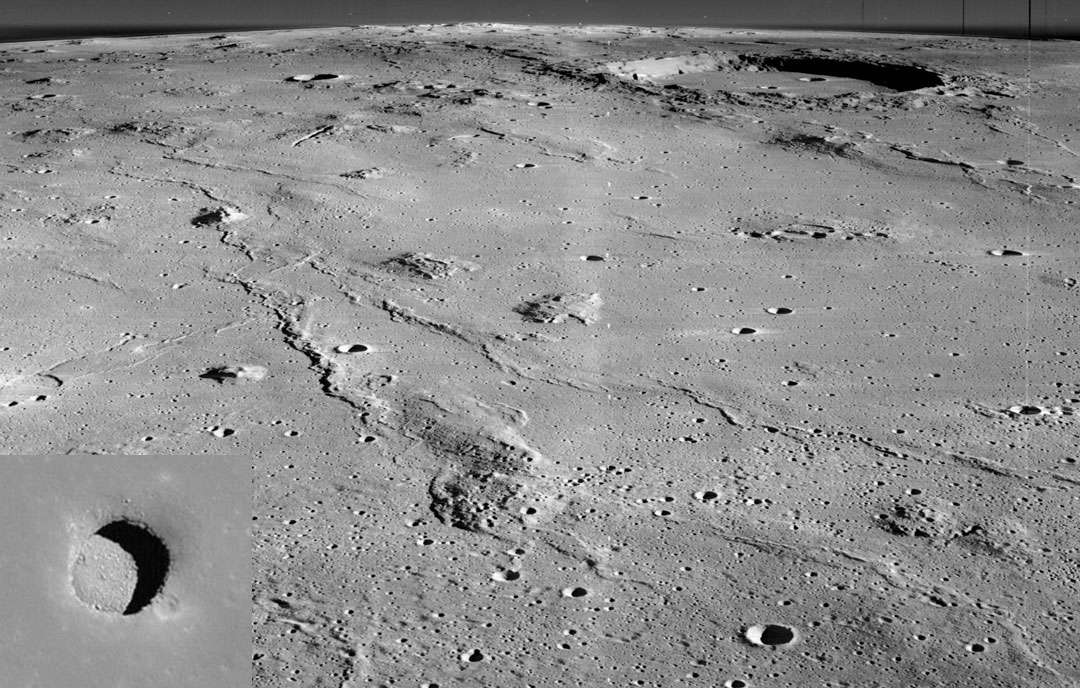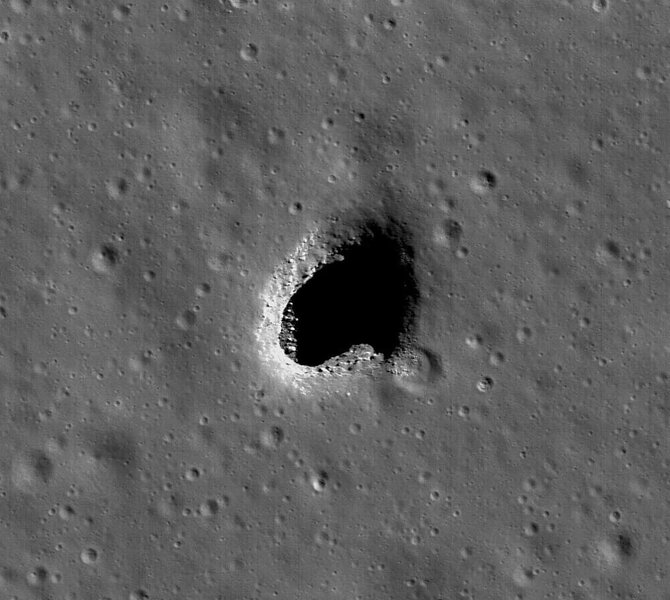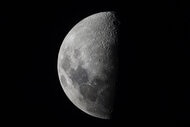Create a free profile to get unlimited access to exclusive videos, sweepstakes, and more!
Micro-radar could help find subsurface lunar lava tubes for astronauts to hang out in

Landing humans on the Moon again is one thing. Planning an extended stay is quite another. While the Moon may be the ideal place to park an observatory because it has next to no atmosphere and is missing the seismic noise and light pollution that interfere with observations from Earth, lunar perils are everywhere for future Artemis astronauts.
NASA and other space agencies have no shortage of habitat designs — but they all need extra effort to keep out killer radiation and dust made of sharp particles that could be dangerous if breathed in.
There is a solution to this that first formed billions of years ago. Lunar lava tubes are the remnants of a time when the Moon was volcanically active, and they already obliterate the radiation and dust problem (among others) by being beneath the surface. The only problem is that most robots cannot fit into every crevice or see far enough underground.
Enter micro-radar device MAPrad, created by researcher James Macnae and his team from Australia’s RMIT University in collaboration with startup CD3D PTY Limited. The project is now funded by the Australian Space Agency’s Moon to Mars initiative.
“The MAPrad antenna is smaller and lighter than existing technology, so it is a no-brainer as to which instrument you would choose to send to the Moon,” Macnae told SYFY WIRE. “Thick cover is needed to shield astronauts long term, and existing tunnels are a much easier option to inhabit than excavating massive caves or building ‘fortresses’ on the surface.”
MAPrad may be the most advanced ground-penetrating radar so far. When this technology first came around, it used electric antennas and radio frequencies close to those of FM radio (about 100 MHz) to “see” underground. The problem is that those first iterations were too nearsighted to detect much. When trying to detect subsurface objects and structures, the lower the frequency (more like 10 MHz), the better the “vision.” Such a radar system would also need larger antennas that would be too bulky to fly to the Moon. This is why Macnae and his team used something even older for inspiration. Think AM radios.
While they seem antiquated, radios that pick up AM signals use a short magnetic antenna that inspired the researchers to develop something that operates in the magnetic rather than the electric range. By upgrading vintage tech with ultramodern nanotechnology, they developed a far more accurate magnetic antenna that ended up being ten times longer than a typical AM antenna, but still ten times shorter than the length that most radar instruments would need. MAPrad was born. The MAPrad antenna can catch reflections at nearly twice the depth of a much longer FM antenna. It also got a boost with electrostatic shielding and other upgrades.
“The motivation was to design a deep-penetrating radar that would fit on a drone,” said Macnae. “With costs of space launches extreme (commercial quotes are over $1 Million per kg of payload delivered to the Moon in future missions), size and weight is at a premium, and the MAPrad antenna is smaller and lighter than existing technology.”
MAPrad’s superpowers could save astronaut’s lives by finding the lunar, and eventually Martian, lava tubes that have the most habitat potential. The Moon doesn't have much of an atmosphere. Though NASA scientists do believe that it does have something of a thin atmosphere made of gases that we couldn’t possibly breathe, its general lack of atmosphere is the result of having no magnetic field. Mars can commiserate. If the Moon ever did have a substantial atmosphere, it probably suffered the same fate as Mars, whose hypothetical atmosphere was blasted away by solar and cosmic radiation.
Another thing MAPrad could find is lunar ice deposits that surface observations cannot see. While there are craters which are being considered as landing sites for their water ice content, there could be subsurface water ice deposits right in an area that would also be a strong habitat candidate. Lunar lava tubes also do not experience the same temperature extremes as the surface, which is something Macnae was thinking of when he designed this tech. Daytime highs on the Moon are around 260 degrees Fahrenheit and plummet to -280 degrees Fahrenheit after sundown.
“We will be on a rapid learning curve to hopefully launch MAPrad into space,” he said. “This is where the Moon to Mars funding from the Australian Space Agency is needed. We will also be taking advice from others we have identified who are experienced in meeting this challenge.”















